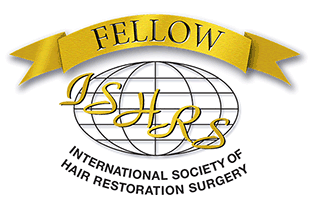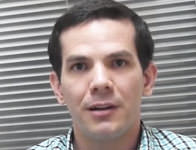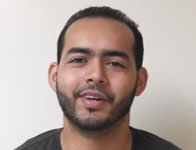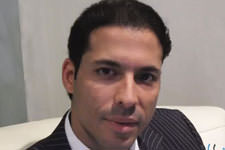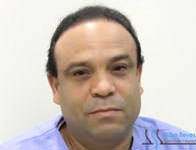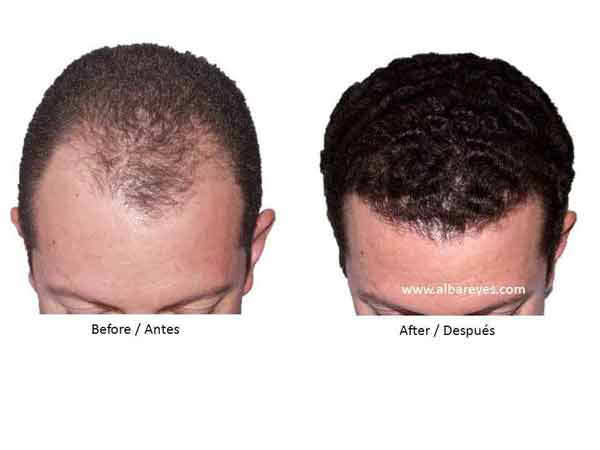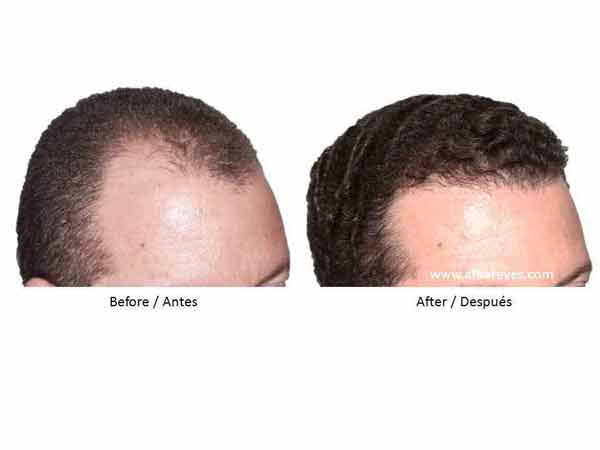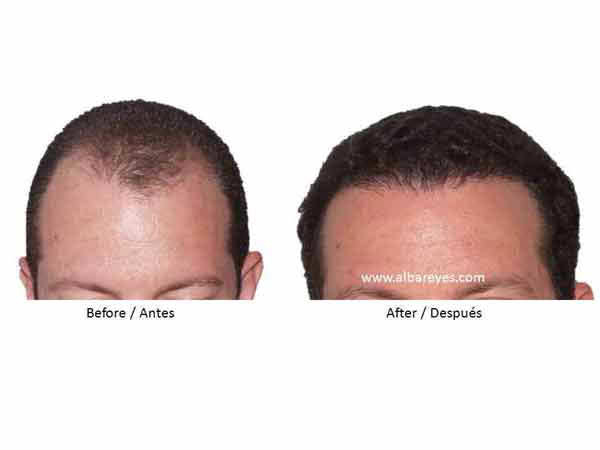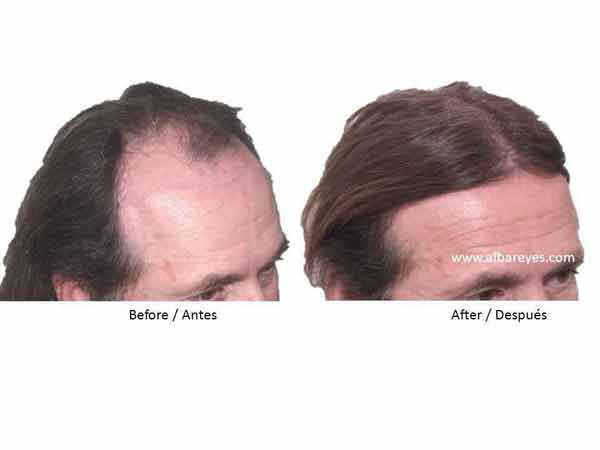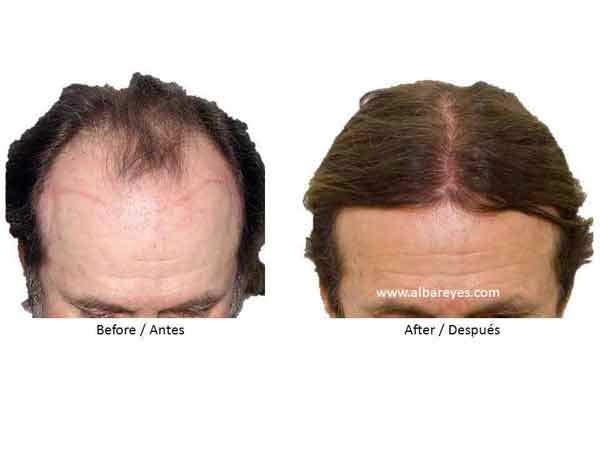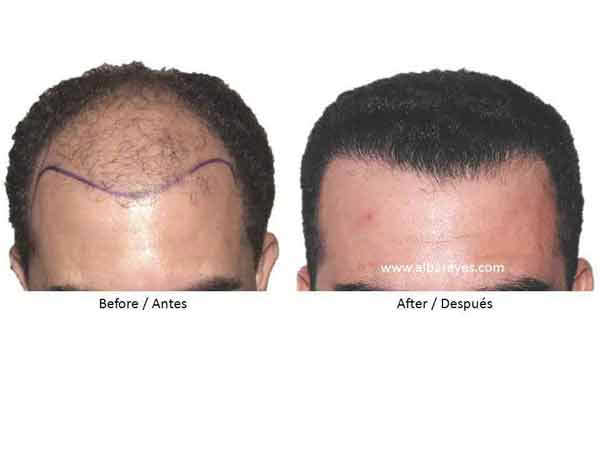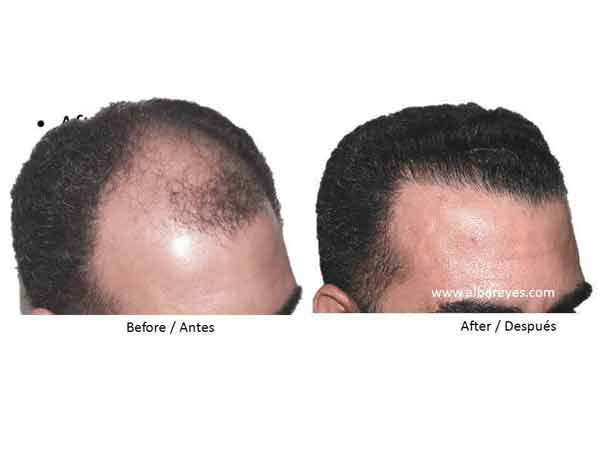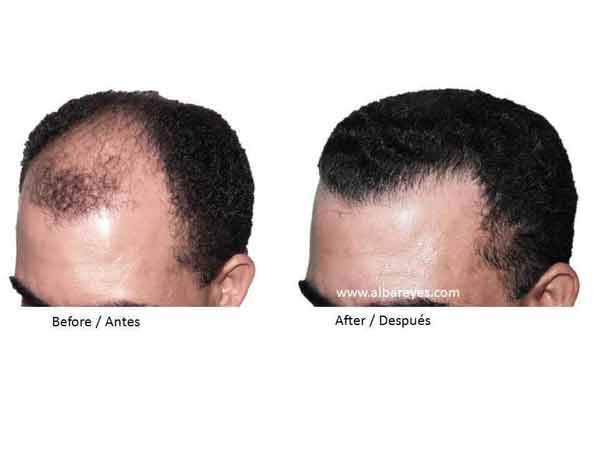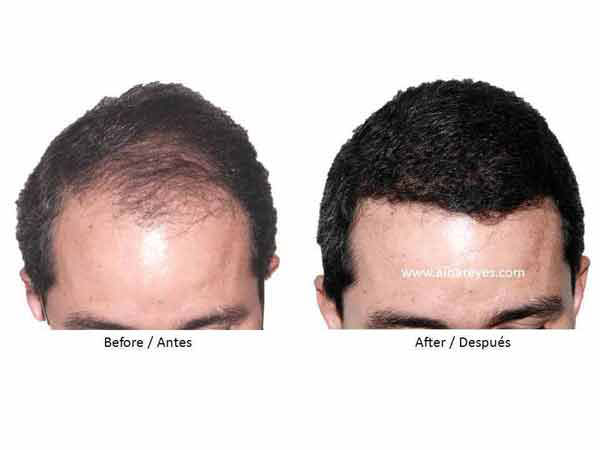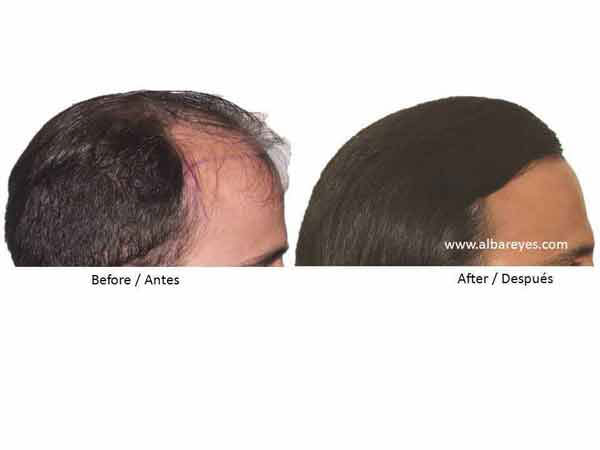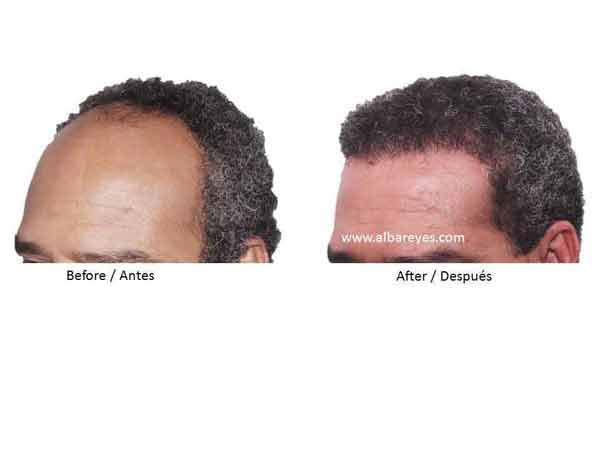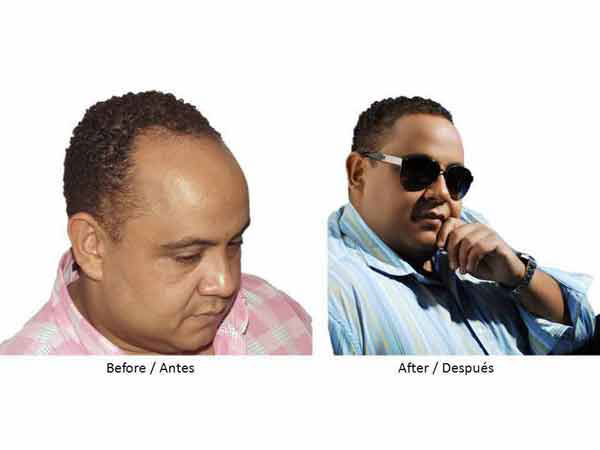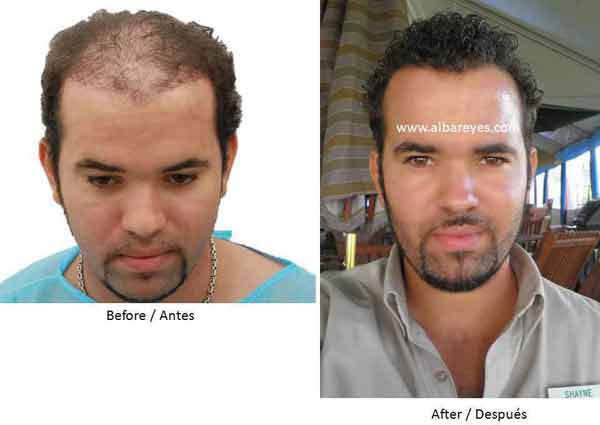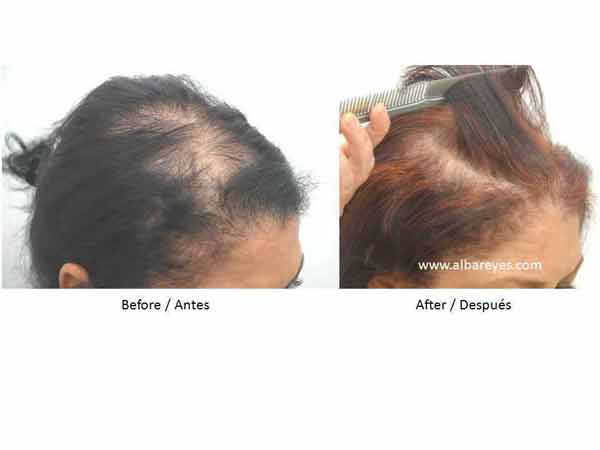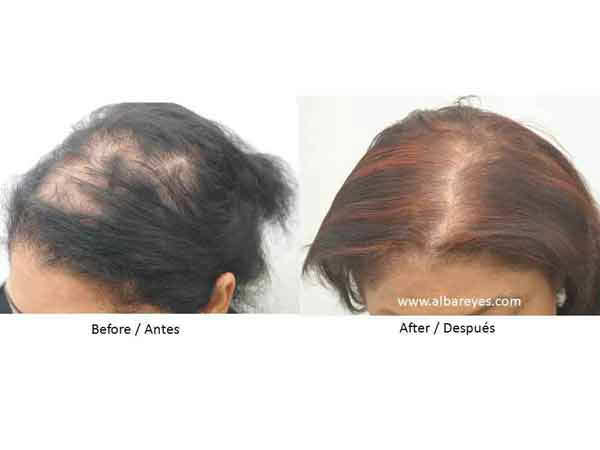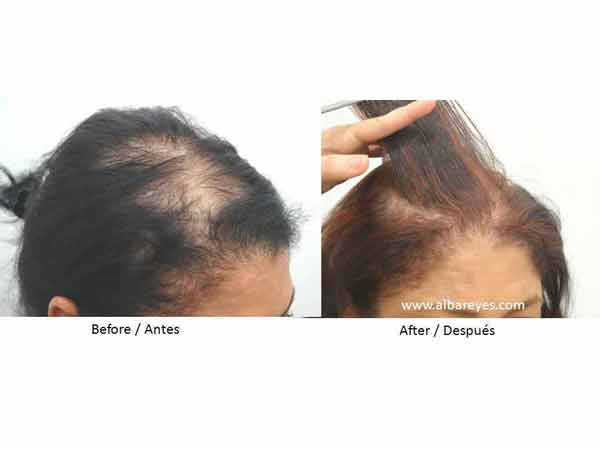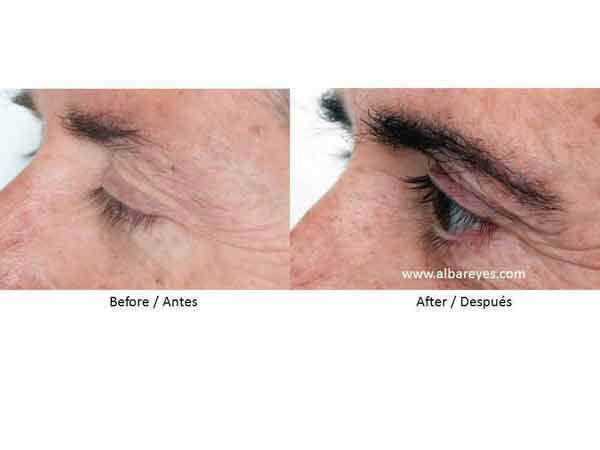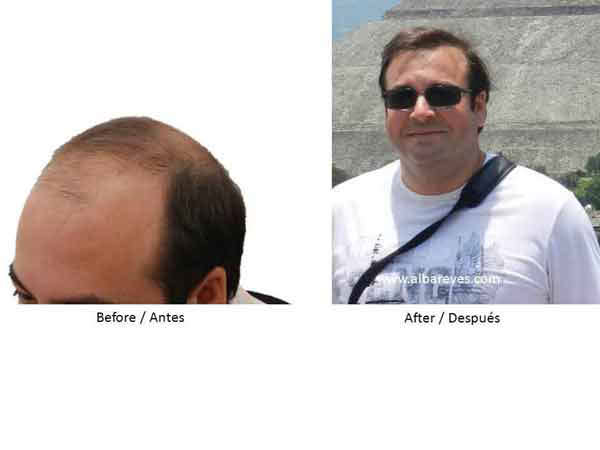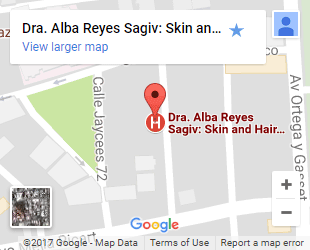PRP, what is and how does it work?
PRP stands for Platelet Rich Plasma. For treatment using PRP, doctors take a small vial of a patient’s blood, about 30 ml, and spin it in a centrifuge to separate the platelet-rich plasma from the other blood components. Then they inject the platelets at the site of the patient’s injury. The platelets help tissue recovery and healing. As a concentrated source of autologous platelets, PRP contains, and releases, several different growth factors and cytokines that stimulate healing of bone and soft tissue.
Is Platelet Rich Plasma Effective Healing Therapy?
This was the question researched by Carina Storrs of Scientific American, a reputed science journal with worldwide audience in Dec 2009 edition. While the concept of PRP is not new, its application in Hair Transplant Surgery has gained traction only in the last 1-2 years. In the mid-1990s, doctors have used PRP therapy to help bone healing after spinal injury and soft tissue recovery following plastic surgery. However, in the 3 years, the PRP therapy has become acceptable for treatment of injuries related to surgery and sports.
How does PRP help in healing?
According to the Hospital for Special Surgery in New York, the blood platelet activation plays a key role in the process of wound and soft tissue healing. The use of platelet rich plasma (PRP), a portion of the patient’s own blood having a platelet concentration above baseline, to promote healing of injured tendons, ligaments, muscles, and joints, can be applied to various musculoskeletal problems.
How can PRP apply in Hair Transplant Surgery?
Studies involving PRP have shown that introduction of platelets and white blood cells through platelet rich plasma (PRP) can improve the natural pace of wound healing. The growth factors available in PRP can stimulate the growth of newly transplanted hair follicles, while reducing shock hair loss post transplant. The usage of PRP in hair transplants is still in early stages, however the benefits observed in other medical areas are possible in hair transplant surgery too, where there is a need for rapid healing of the hair transplant sites, to improve the results from the hair transplant.
PRP therapy can also be applied in case of patients experiencing hair loss as a potential alternative to hair tranplant surgery. In this non-surgical solution, PRP (platelet rich plasma) are injected into the scalp, which causes miniaturized hair follicles to become healthier thereby produce better hair growth. New hair growth is typically visible in 4-8 months and improves by end of one year after treatment.


